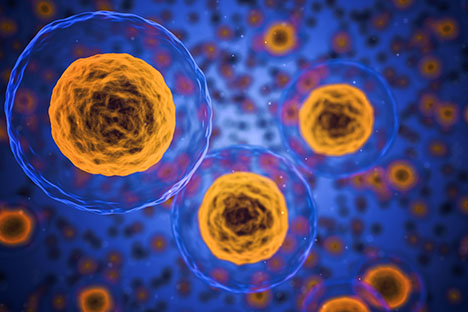Mammals generate energy by burning dietary carbon into CO2. The largest calorie source for most mammals is carbohydrate, which is broken down into glucose in the small intestinal lumen. Glucose is then absorbed and circulates in the blood stream. To acquire energy, tissues are generally assumed to take in glucose and break it down to CO2 through the concerted action of glycolysis and the TCA cycle. Recently, we re-examined overall metabolic activity in mice through isotope tracing and quantitative flux analysis. We discovered that the path from glucose to CO2 actually consists of two independent steps: 1) a small subset of cells convert glucose via glycolysis into circulating lactate; and 2) tissues take up the circulating lactate and burn it via TCA cycle into CO2. This uncoupling of glycolysis and the TCA cycle allows a tissue to utilize carbohydrate energy without running glycolysis: it can just take lactate from the circulation. Even though tumors are highly glycolytic, they also fill their TCA cycle preferentially with lactate rather than glucose carbon.
Bio:
Sheng (Tony) Hui is a postdoctoral fellow in the Lewis-Sigler Institute for Integrative Genomics at Princeton University. He works on mammalian energy metabolism in the lab of Josh Rabinowitz, by taking an integrative approach of animal experimentation, isotopic tracing with mass spectrometry, and quantitative modeling. Dr. Hui received both BSc and MPhil degrees in Physics from Hong Kong Baptist University, where he worked on theoretical analysis of metabolic networks in Lei-han Tang’s group. He earned his PhD in Biophysics in 2014 from University of California, San Diego. Working in Terry Hwa’s lab, his doctoral thesis focused on understanding strategies of coordinating protein expression and metabolism in bacteria.


